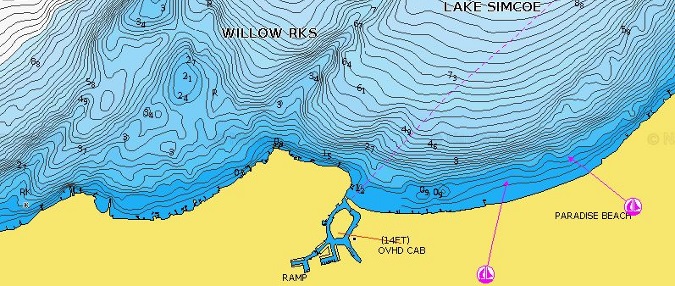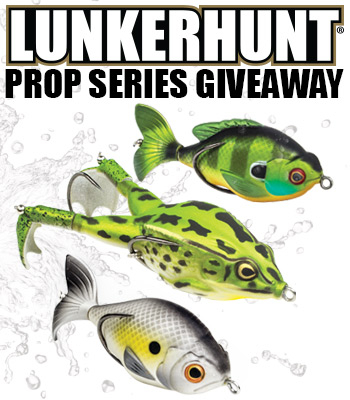
As the founder of Lunkerhunt, one of the most common questions I get asked is how to fish in new bodies of water. Navigating a new body of water can be intimidating—but with a little pre-work and conscious planning for your time on the water, you’ll do a lot more catching and a lot less fishing.
Here are some tips for how to plan for a day on a new body of water.
- Research
This comes down to brass tacks, which means researching ahead of time. You need to understand the fish you’re targeting to ensure you’re maximizing your time on the water. In addition, every body of water is unique. Different lakes and rivers have unique typographies and bottom structures, so you want learn about the characteristics of the body of water you’re fishing, such as
- Boat ramp locations,
- Water depth,
- Current,
- Structure, and Channels
After a bit of online research, you’ll usually find a tidbit or two that will help you understand areas of the lake that have most or all of the conditions you’re looking for. These locations are referred to as “high percentage areas,” which are areas that are most likely to hold the target fish species.
You want to focus on these high percentage areas and understand ahead of time the fish biology and seasonal patterns of the species you’re looking for.
- Understand where the fish are.
Let’s face it. You can make the best lures and use the best equipment, but if you’re not fishing where the fish are, you won’t catch fish.
Doing a Google search of the water you’ll be fishing will often produce tournament reports, board posts, articles, and videos of other anglers’ experiences. I highly recommend taking the random information with a grain of salt; however, sometimes a short search can help identify productive areas as well as productive fishing techniques. For US anglers there is also a website called bassgold.com that has developed a database of previous tournament wins and finishes that anglers can use to help put productive fishing patterns together.
My preference is to always go back to the science of it and fish biology. I believe knowing fish patterns and preferences is the true key to catching fish. You should locate areas based on the species’ preferred habitat. You want to know their preferred water temperatures, or how water temperatures and weather influence them, their preferred structure or cover, and key forage for the water you’re fishing.
- Increase your productivity on the water.
That means you want to keep your lure in the water as much as possible. If your bait is not in the water you cannot catch fish.
- Map it out.
After you figure out what you think the fish are doing or where they’ll be, look at hydrographic maps on your electronic device or go online to find maps that you can study to find as many high percentage areas as possible.
During your fishing day, spend your time focusing on parts of the lake that have the largest amount of high percentage areas. Your goal should be to spend less time driving around and more time fishing. The real hardcore anglers will even consider sun direction and will plan their time on the water based on how the elements will affect the areas they plan to fish throughout the day.
There are many great tools available on line to help preplan, such as
- Google Earth.
- Navionic Maps available through nationalprostaff.com. This is a website geared to professional anglers and aspiring pros, where you can view Navionic Charts that show water depths, rivers, essentially information about different bodies of water and how they set up. Hydrographic maps allow you to focus on the right location based on the biology of the fish. For example, walleye are a cold water species that tend to relate to deeper water. Hydrographic maps show the water depth as well as lake contours, so if the area of the lake you want to fish is shallow with no current, you will know after a quick review that there probably aren’t many, if any, walleye in the area of the lake you wanted to fish.
- Your local Game and Fish Department. This is a great source of information. You can call or email them to find out more details about the body of water, such as net survey reports, and electrostatic shocking results, stocking reports, etc. They will also often be able to provide you with information about lake forage.
- Lure and equipment selection.
Rely on your research. Choose baits that match the forage and use baits that will work in a variety of environments.
I like to use lures that can be fished in a broad range of conditions and will enable me to dissect the water column. If you’ve researched high percentage areas and lake details properly, fish will quickly show themselves by biting or following. If you’re getting follows but not bites, you can make some adjustments to patterns or weights or lure styles to generate strikes.
For example, when bass fishing, I like to use a Texas rigged Swim Bento because they are weedless. They can be fished in heavy cover, sparse cover, open water, deep, or shallow. I can quickly move though high percentage areas with them and if fish are present, they will bite or will show themselves by following the bait. When either of these things happen, I know that I’m where the fish are and I adjust according to weather and the bass behavior to get more fish in the boat.
At the end of the day, a little preparation and planning will make your time on the water more productive. If proper planning enables you to get 200 more casts in a day, that is 200 more chances at catching a fish and will often be the difference between a good day and a great day on the water.
By David MacDonald, Lunkerhunt Founder
